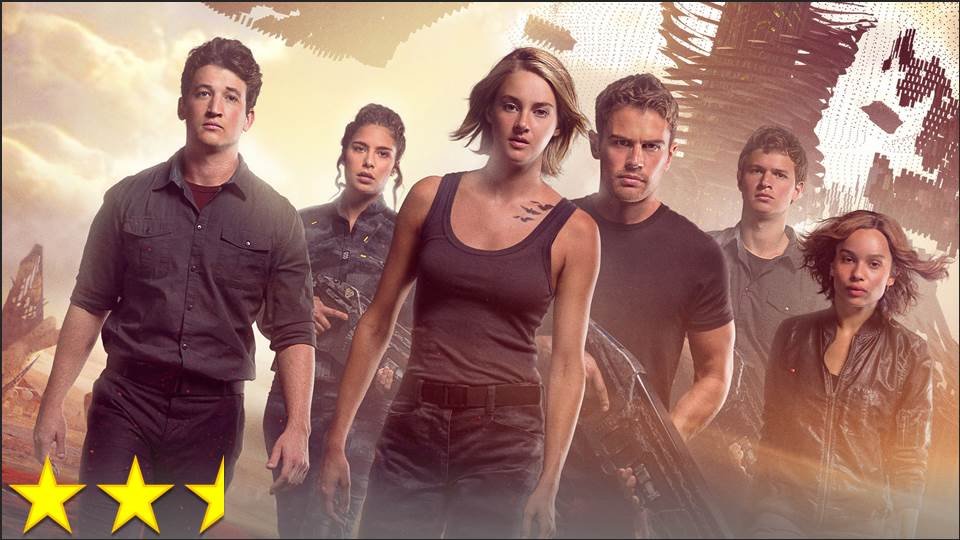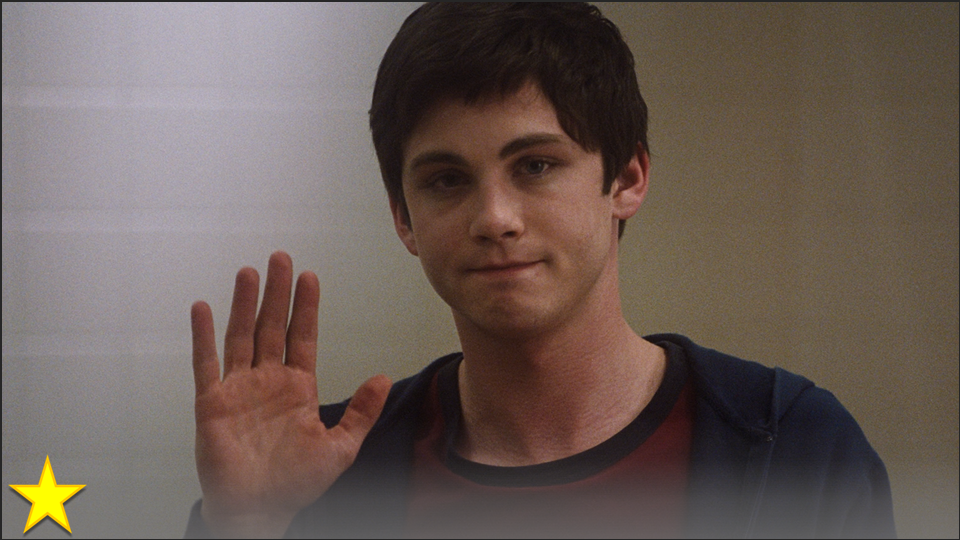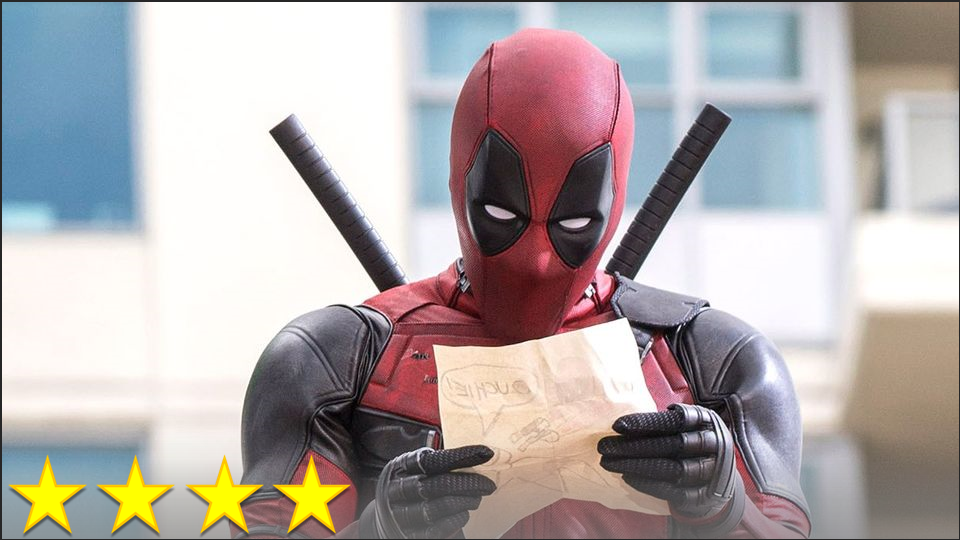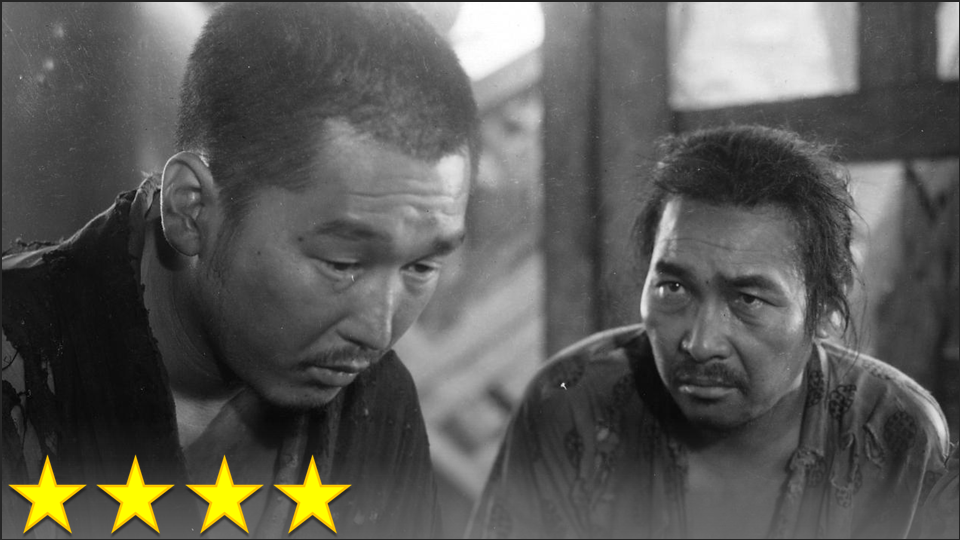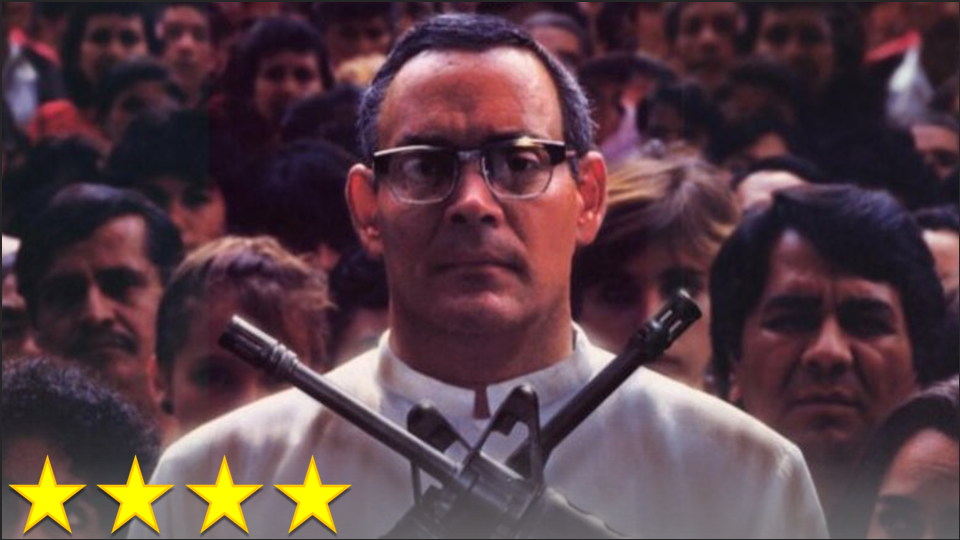Um . . . okay.
There’s a part of me that wants to say Veronica Roth painted herself into a corner with Insurgent by pushing the story outside of the place that made it almost unique, so I want to go easy on the movie. However, she really opened the door to speculation and imagination, because just about anything could have been beyond the wall, which makes me wonder why this part of the story wasn’t more intriguing and satisfying. I have so little to say about the movie because it made me feel so little. I think I’m experiencing from this movie what most “professional” critics experienced while watching the first two films in the series – a painful lack of inspired substance.
I do think there is enough cleverness and creativity in the world-building at play in this story for it to be a sufficient spectacle, and I also think that it did a good job at making me curious about what was to come. I suppose when this is added to the simple pleasure of spending more time with already familiar characters, it really can be a pleasant film to watch, which is why I did not have a bad time seeing it. In the future, however, I should hope that a movie with this large of a budget will do the work it takes to “wow” me.
